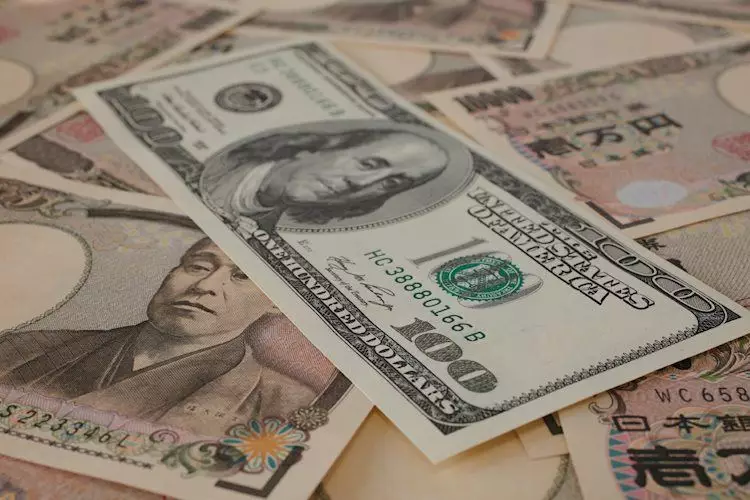As of the latest trading sessions, the USD/JPY currency pair has shown signs of softening, trading around the 150.05 mark despite a relatively strong performance from the US dollar. This shift in valuation is particularly noteworthy given the recent fluctuations and economic indicators emerging from both the United States and Japan. Market participants are advised to remain vigilant, especially with significant economic reports on US building permits and housing starts slated for release. Additionally, scheduled speeches from Federal Reserve officials Raphael Bostic, Neel Kashkari, and Christopher Waller could influence investor sentiment and the pair’s trajectory.
Recent data from Japan has revealed a downturn in the annual Consumer Price Index (CPI), which eased from 3.0% in August to 2.5% in September. This decline raises important questions about inflationary pressures in Japan and the ensuing impact on monetary policy by the Bank of Japan (BoJ). Analysts seem to interpret Japan’s CPI figures as a potential sign of a more stable economic environment, yet the CPI excluding fresh food and energy still reflects a 2.1% year-on-year increase, with the broader CPI excluding fresh food up by 2.4%. These figures, exceeding consensus expectations, indicate that inflation remains a focal point for strategic monetary policy decisions.
BoJ Governor Kazuo Ueda has expressed that the central bank is prepared to continue raising interest rates if inflation rates demonstrate a stable approach towards the 2% target. He emphasized the necessity of assessing global economic pressures on Japan’s still-recovering economy. Despite the recent CPI data, expectations remain that the BoJ will retain its benchmark rate during the meeting scheduled for October 31, reflecting a caution that may hamper any aggressive monetary tightening in the near term.
Meanwhile, the US economy has exhibited signs of robust growth, highlighted by a stronger-than-expected retail sales report for September. Such developments suggest that the economy is firmly maintaining its upward trajectory in the third quarter of the year. This prevailing economic strength could act as a bulwark for the US dollar (USD) against various currencies, including the yen. The Federal Reserve remains in a delicate position, and members, including the Atlanta Fed President Bostic and Minneapolis Fed President Kashkari, have indicated that any forthcoming rate cuts will be measured and will depend heavily on future economic data.
Money markets currently reflect a high probability—a staggering 90.3%—of a 25 basis point rate cut next month, according to the CME Fed Watch Tool. Such expectations could introduce further volatility within the USD/JPY pair, as any confirmation from the Fed could swiftly alter trading dynamics.
The Currency Interplay: BoJ Policies vs. US Fed Tone
The interplay between the Bank of Japan’s policies and those of the US Federal Reserve plays a critical role in determining the exchange rate of the Japanese yen (JPY). Historically, the BoJ’s ultra-loose monetary policies spanning from 2013 to 2024 resulted in a consistent depreciation of the yen against other major currencies. However, recent adjustments and the gradual unwinding of these policies have provided intermittent support to the currency.
This policy divergence has widened the gap between Japanese and US bond yields, generally favoring the dollar. As we look ahead, the potential shift in the BoJ’s stance towards gradually normalizing monetary policy may narrow this differential. Market analysts posit that such changes, combined with potential rate cuts by the Federal Reserve, could recalibrate expectations around the yield differential and, by extension, influence the USD/JPY exchange rate.
The Japanese yen is often viewed as a safe-haven asset, attracting investors during periods of economic uncertainty or market stress. As volatility and market turbulence ensue, the yen’s perceived reliability can strengthen its position against riskier investments. Recent global economic challenges underscore the necessity for market participants to monitor how such factors may sway investor sentiment and risk appetite.
The USD/JPY pair is currently at a crossroads, influenced by a combination of domestic economic data, central bank policies, and external market conditions. Stakeholders must closely observe how upcoming economic indicators and central bank communications may shape the narrative ahead, as the alignment of these factors could significantly impact the future trajectory of the pair. Continual assessment of both the economic landscape and monetary policies will remain essential for anticipating fluctuations in this critical currency relationship.

